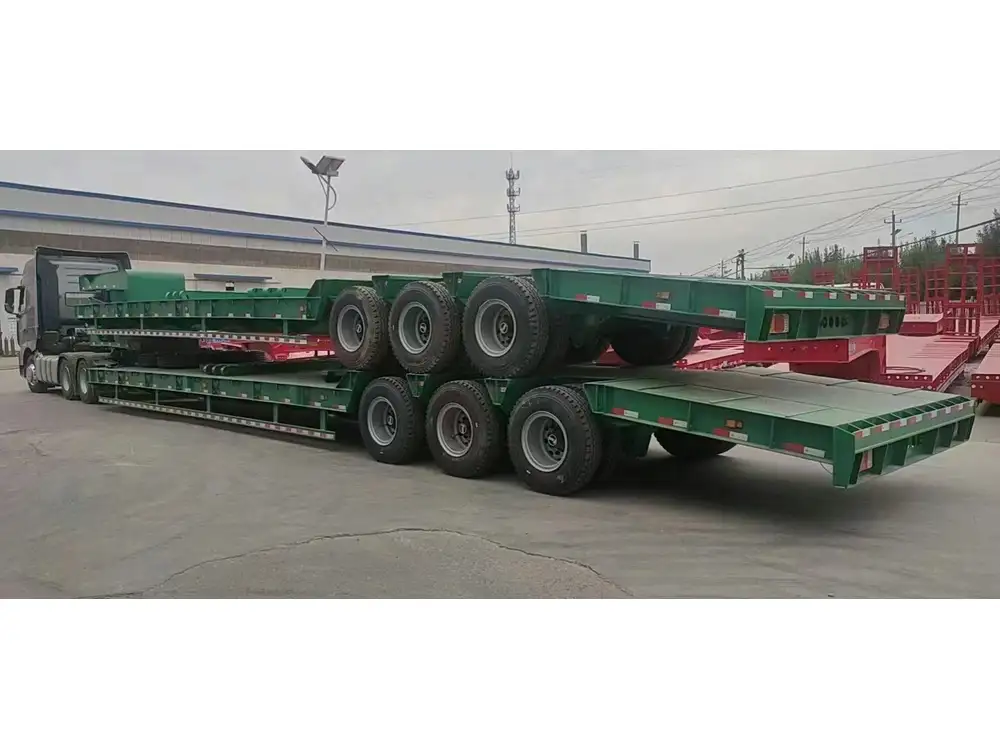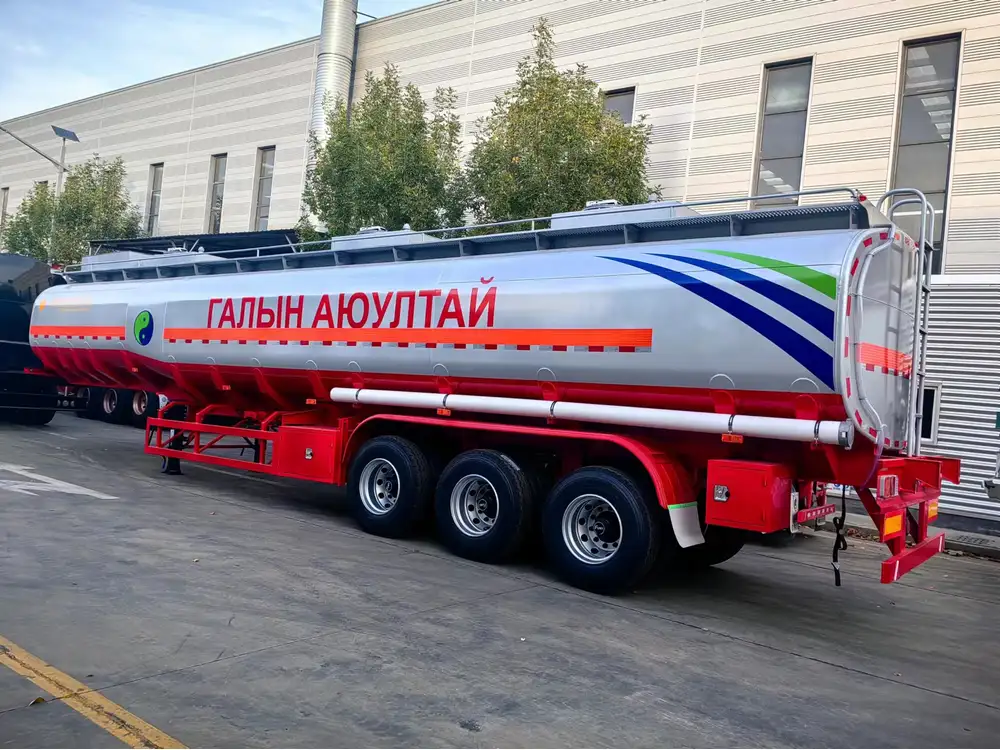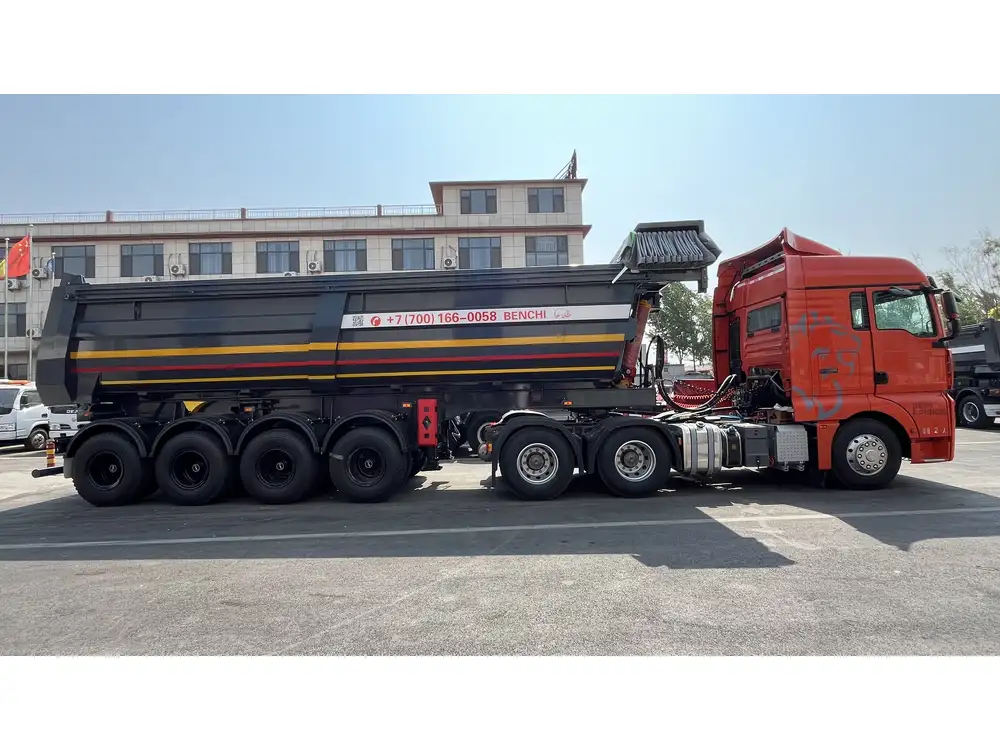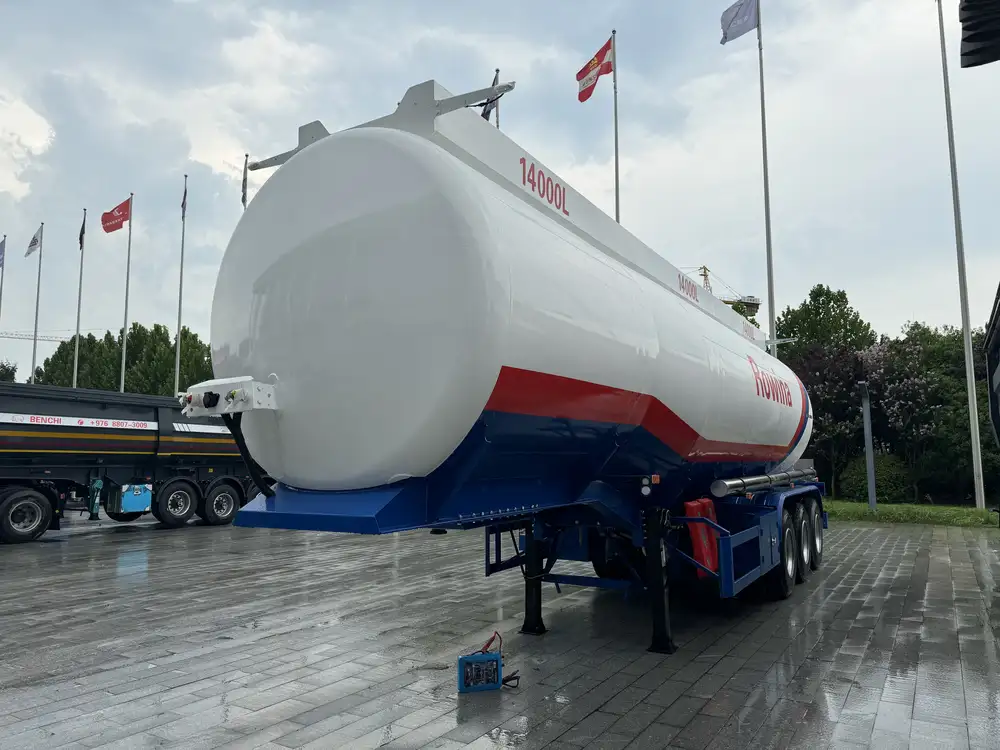When pondering the question of fuel capacity in semi-trucks, it transcends mere curiosity; it is essential for logistics planning, cost analysis, and overall operational efficiency. understanding this aspect can significantly impact your fleet management strategies, whether you are a small owner-operator or managing an expansive fleet. This article delves deeply into the intricacies surrounding truck fuel capacities, covering various models, regional specifications, and operational requirements.
Understanding Semi Truck Fuel Tanks
Typical Fuel Capacity Ranges
Semi-trucks are equipped with substantial fuel tanks, designed to accommodate long-haul journeys without frequent refueling stops. The fuel capacity of these vehicles typically ranges from 100 to 300 gallons, depending on several factors:
- Truck Model: Different models from various manufacturers offer varied tank sizes.
- Configuration: Configurations, including single or dual fuel tanks, significantly affect total capacity.
- Regional Regulations: In some regions, specific weight restrictions can limit how large a fuel tank can be.

Common Semi Truck Models and Their Capacities
| Truck Model | Fuel Tank Capacity (Gallons) |
|---|---|
| Freightliner Cascadia | 120 – 150 |
| Kenworth T680 | 100 – 150 |
| Peterbilt 579 | 100 – 150 |
| Volvo VNL | 200 – 300 |
| International LT | 100 – 150 |
Types of Fuel Tanks
Understanding the types of tanks available assists in making informed decisions about purchasing or upgrading semi-trucks.
- Polyethylene Tanks: Lightweight and corrosion-resistant, these tanks are common in new models.
- Aluminum Tanks: Renowned for durability and resistance to rust, aluminum tanks are a traditional choice.
- Composite Tanks: With a combination of materials for strength and weight efficiency, these are becoming increasingly popular.
Factors Influencing Fuel Capacity
Several considerations can affect how many gallons a semi-truck can efficiently hold:

1. Fleet Strategy:
Consideration of your operating region can dictate the most effective tank sizes. Fleets operating in remote locations may benefit more from larger tanks to minimize refueling frequency.
2. Trucking Schedule:
Long-haul operation typically demands larger tanks to accommodate extended travel distances without interruptions.
3. Weight Distribution:
Maintaining proper weight balance is crucial. Larger tanks may require adjustments in other areas to comply with weight regulations.

Calculating the Range: Mileage Versus Gallons
Once the fuel capacity is established, calculating the truck’s range involves understanding its mileage per gallon (MPG). The average semi-truck gets approximately 6 to 8 miles per gallon. Let’s break down how fuel capacity translates to travel distance:
- Example Calculation:
- A semi-truck with a 150-gallon tank and a fuel efficiency of 7 MPG can travel: [ 150 \text{ gallons} \times 7 \text{ miles per gallon} = 1050 \text{ miles} ]
This calculation underscores the importance of understanding both fuel tank size and fuel efficiency. Notably, various factors influence MPG, including:
- Load Weight: Heavier loads can decrease fuel efficiency.
- Terrain: Hilly or mountainous regions can affect overall mileage.
- Driving Behavior: Aggressive acceleration and braking tend to lower MPG.
Fuel Efficiency Tips for Fleet Managers
Maximizing fuel efficiency can translate to considerable savings over the lifetime of your semi-truck fleet. Here are some strategic approaches to consider:
- Regular Maintenance: Keep engines calibrated and tires properly inflated to maximize efficiency.
- Aerodynamics: Utilize fairings and trailer skirts to minimize wind resistance.
- Route Optimization: Employ software that assists in mapping out the most fuel-efficient routes.
Regional Regulations and Fuel Availability

Understanding Local Regulations
In some regions, laws governing the amount of fuel a semi-truck can carry are influenced by weight restrictions set by federal and state regulations. Therefore, it’s prudent to familiarize yourself with local laws, especially concerning bridge formulas and other weight distribution regulations.
Managing Fuel Costs: Availability and Pricing
Variability in fuel prices along different routes can significantly affect operational expenses. Fleet managers must remain informed about fuel station locations, prices, and available fuel types (diesel, biodiesel, etc.). Leveraging fuel cards can provide discounts and streamline purchasing logistics.
Comparing Traditional Fuel Systems to Alternative Fuels

Transitioning to Alternative Fuels
For those considering green-friendly approaches, the emergence of alternative fuel sources has affected the semi-truck market significantly. Here’s a brief comparison of traditional diesel systems versus newer alternatives:
| Aspect | Diesel Fuel | Alternative Fuels (CNG, LNG, Electric) |
|---|---|---|
| Availability | Widely available | Limited based on region |
| Refueling Speed | Quick refueling | Slower (charging for electric) |
| Cost | Fluctuating prices | Generally lower in the long term |
| Environmental Impact | Higher emissions | Lower emissions |
Evaluating Options for Fleet Transition
If considering switching to alternative fuel sources, a detailed analysis is essential. Factors such as upfront costs, infrastructure requirements, and potential incentives should be thoroughly researched.
Conclusion: Strategic Considerations for Semi-Truck Fuel Management
In conclusion, understanding how many gallons a semi-truck can hold is integral to optimizing fuel management strategies and enhancing overall operational effectiveness. By grasping the intricacies of fuel tank types, capacities across various models, and how best to maintain and manage these resources, fleet managers can leverage this information to improve profitability and efficiency.
Through careful planning, adopting fuel-efficient practices, and remaining cognizant of regional regulations, businesses can not only ensure compliance but also promote sustainability while enhancing their bottom line. Whether you’re an individual owner-operator or managing a full fleet, adopting these strategies will ultimately lead to smarter, more efficient trucking.



